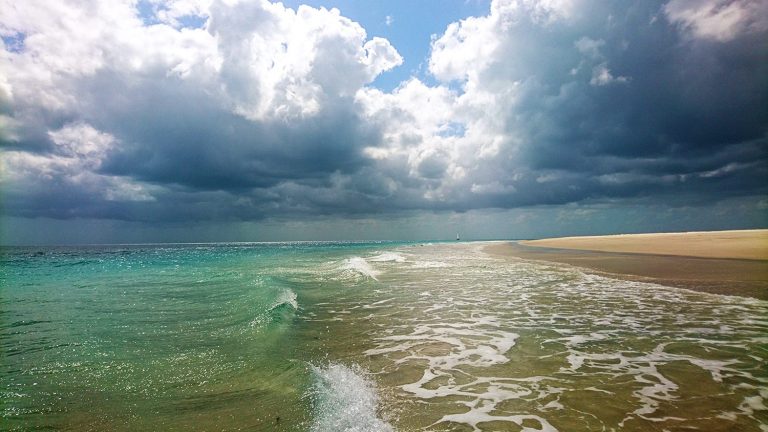
Responsibility
Global trends in climate change detected in indicators of ocean ecology
Climate change effects in marine-surface microbial ecosystems may be undetected because previous studies have taken other approaches.
Intelligence
New research into the genetic diversity of Prymnesium parvum could help predict when harmful algal blooms will occur.

Responsibility
Climate change effects in marine-surface microbial ecosystems may be undetected because previous studies have taken other approaches.
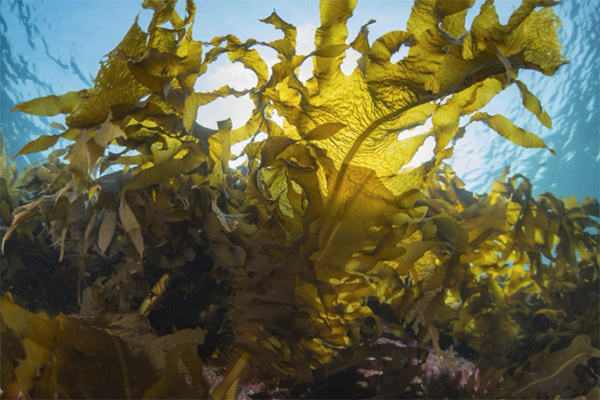
Responsibility
The European Commission is launching EU4Algae – a European algae stakeholder platform – to expedite the algae industry's development.
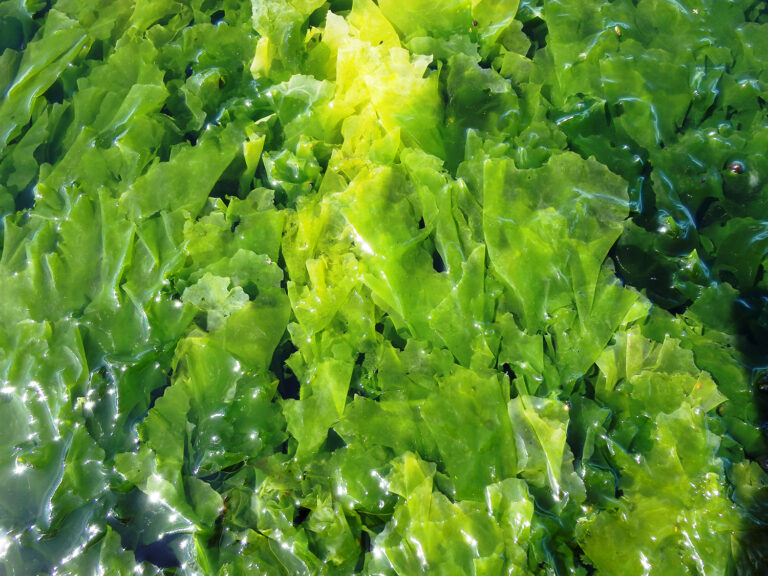
Responsibility
In the next article from the GAIN project, producing algae from smolt wastewater can increase salmon farms’ profits and maximize nutrient use.
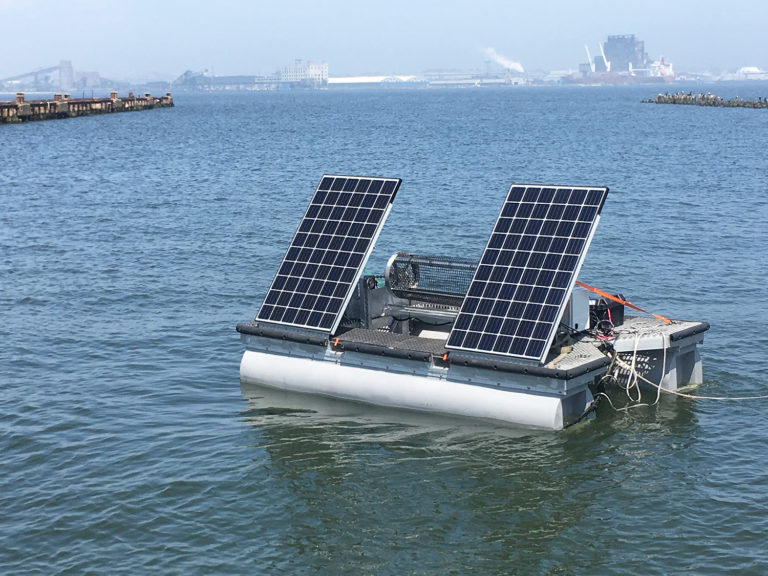
Responsibility
A look at three aquaculture companies that are figuring out how to solve their production problems by using solar power in innovative ways.
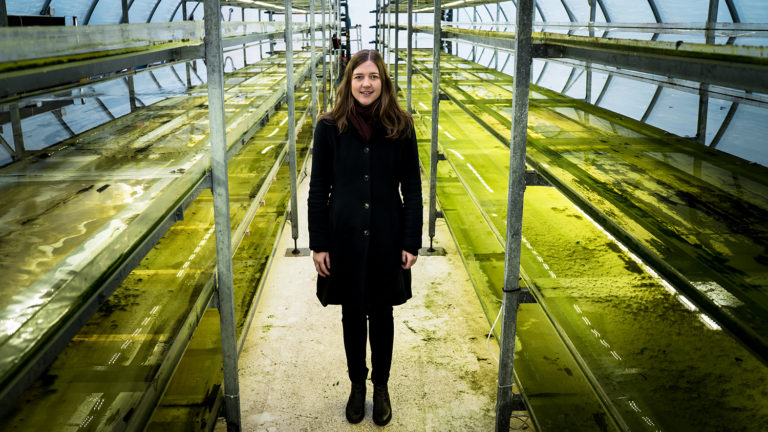
Aquafeeds
Algica, an algae-based product created from nutrients exiting recirculating aquaculture systems, has the company poised to upscale production.
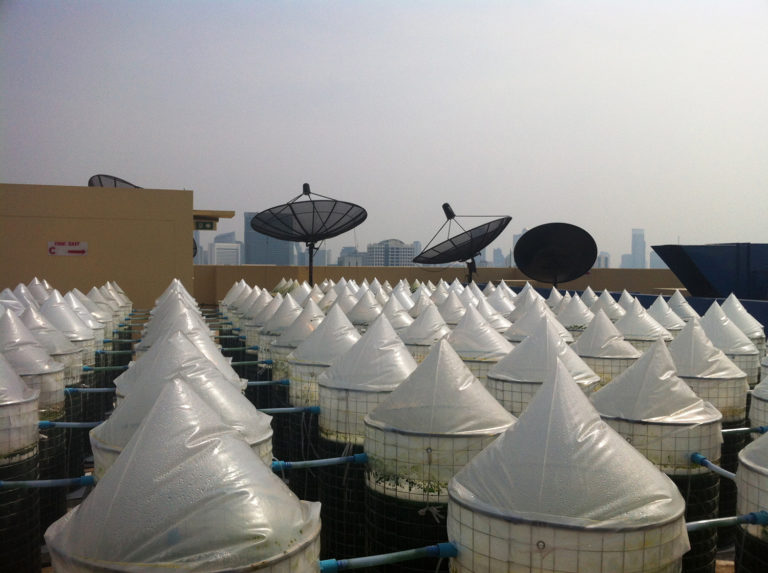
Aquafeeds
American engineer at helm of Thailand-based EnerGaia has a grand vision for spirulina, which he says has potential as a protein source for fish feed.
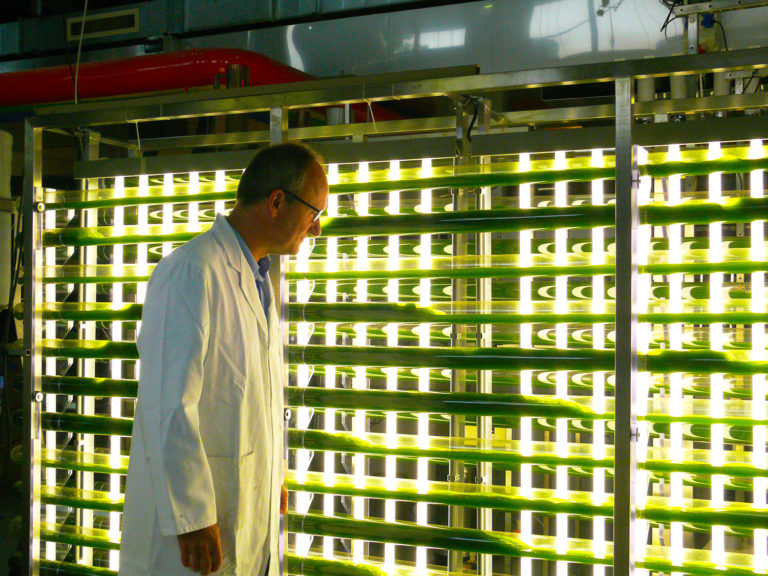
Innovation & Investment
Microalgae play a key nutritional role in larval shellfish culture. Photobioreactors may be a simplified, cost-effective form of algae production.
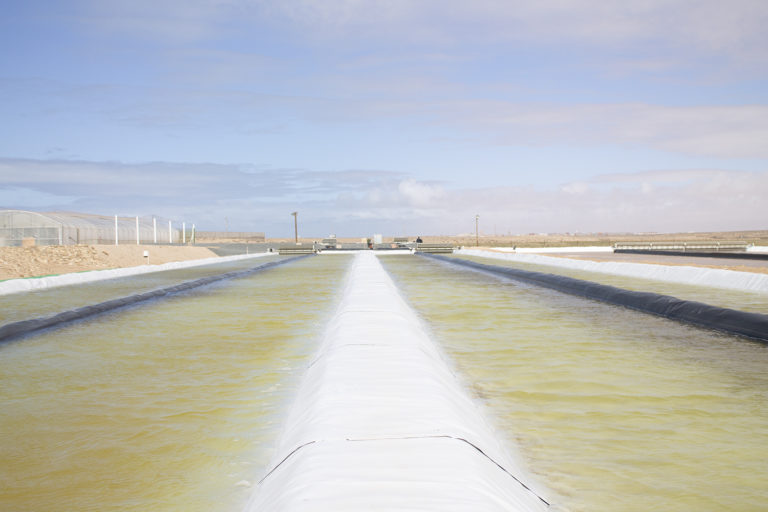
Aquafeeds
Utilizing proven large-scale pond engineering, Susewi aims to become the world’s largest producer of algal biomass, with its sights set on aquafeeds.
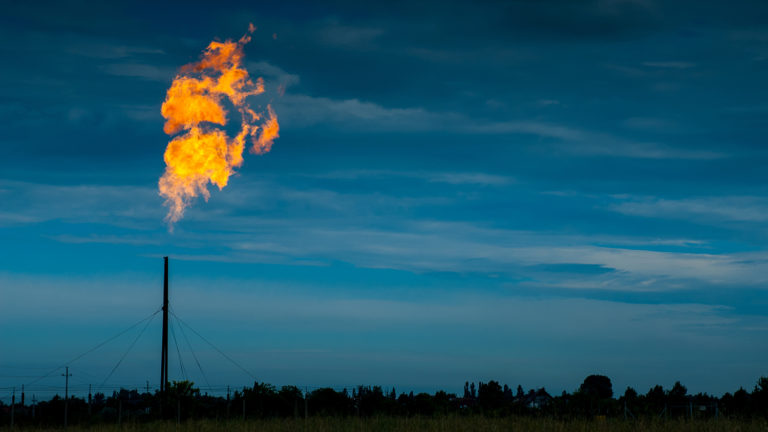
Innovation & Investment
As business leaders switch focus from biofuels and energy to food security, one convert dubs the aquafeed opportunity a needed “redeployment” of knowledge.
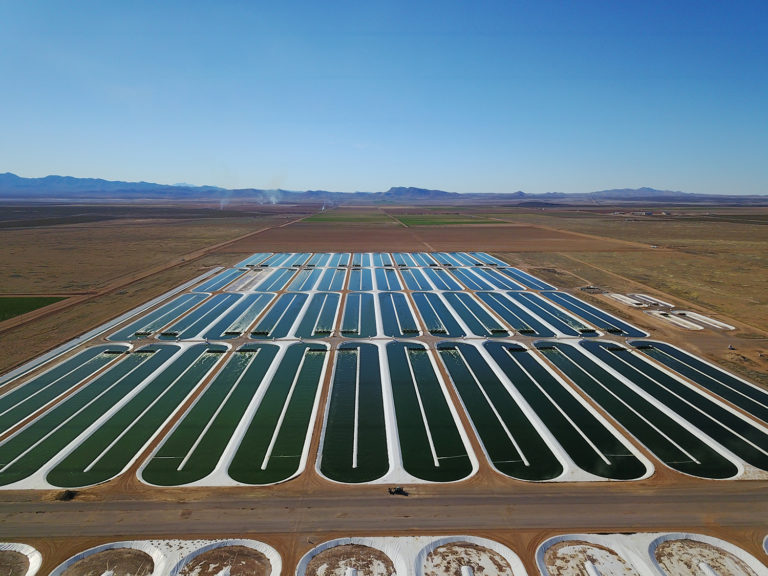
Aquafeeds
Qualitas Health, which grows algae in ponds in New Mexico and Texas for human supplements, is entering the alternative aquafeed ingredient market.

Intelligence
Aquaculture is spurring the growth of seafood production around the world. At Seafood Expo North America, passionate opinions about aquaculture are not difficult to find. Our editor shares his notes from the annual event.
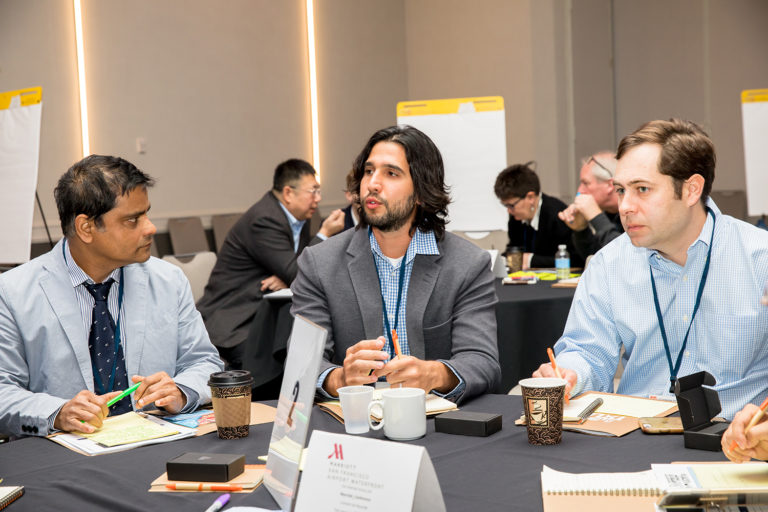
Aquafeeds
At the F3 (fish-free feed) Companies Got Talent event in Burlingame, Calif., last week, alternative (non-marine) aquafeed ingredient companies spoke of decoupling aquaculture from fishmeal and fish oil in their quest for greater sustainability.
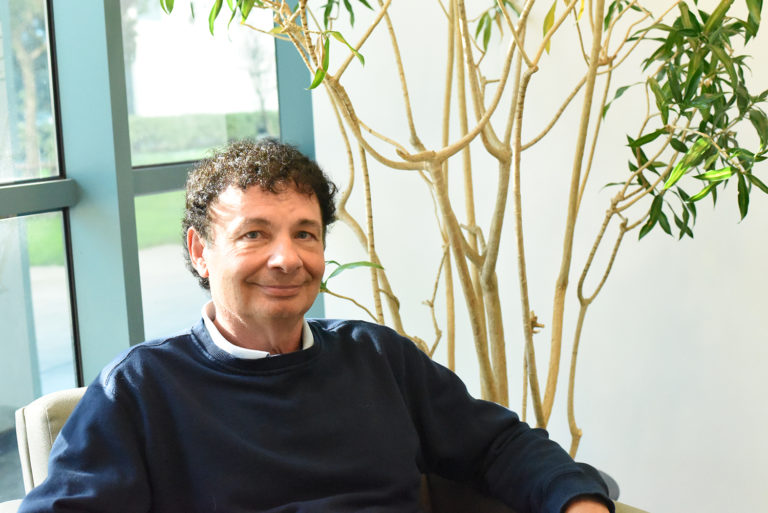
Innovation & Investment
A proliferation of alternative feed ingredients has allowed aquaculture to extend the natural resources it depends on. AlgaPrime, packed with the long-chain omega-3 fatty acid DHA, is being recognized as a game-changing innovation for aquaculture feeds.
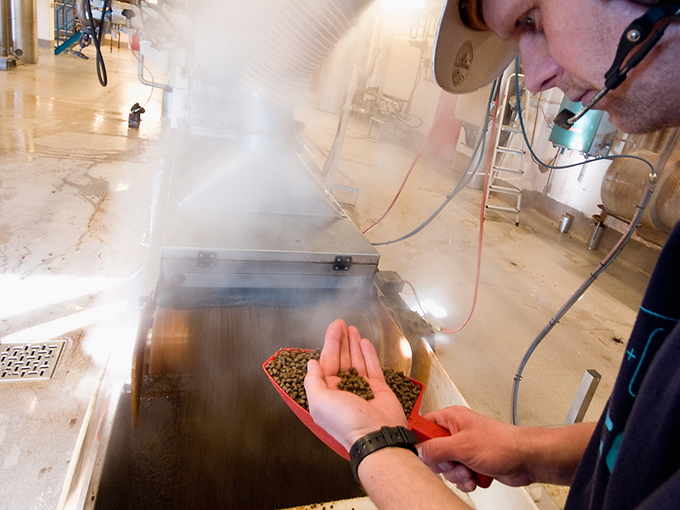
Aquafeeds
Like so many innovative solutions achieved in digital technology, a potential fix to aquaculture’s existential issue – the sustainability of feeds – was born in Silicon Valley. In a garage, no less.
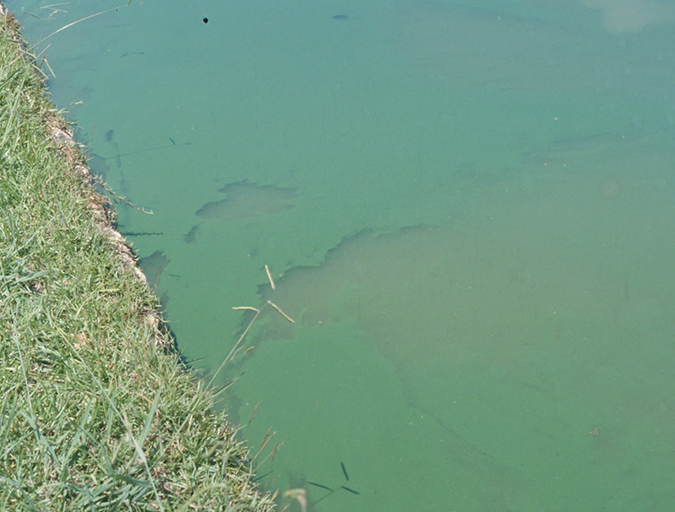
Health & Welfare
Los organismos fitoplanctónicos, o microalgas, son muy abundantes en los estanques de acuacultura y tienen un papel crítico en estos ecosistemas, influyendo significativamente en la ecología general del estanque y en la calidad del agua. El manejo adecuado de las poblaciones de fitoplancton es esencial para el éxito de la producción de estanques acuícolas.